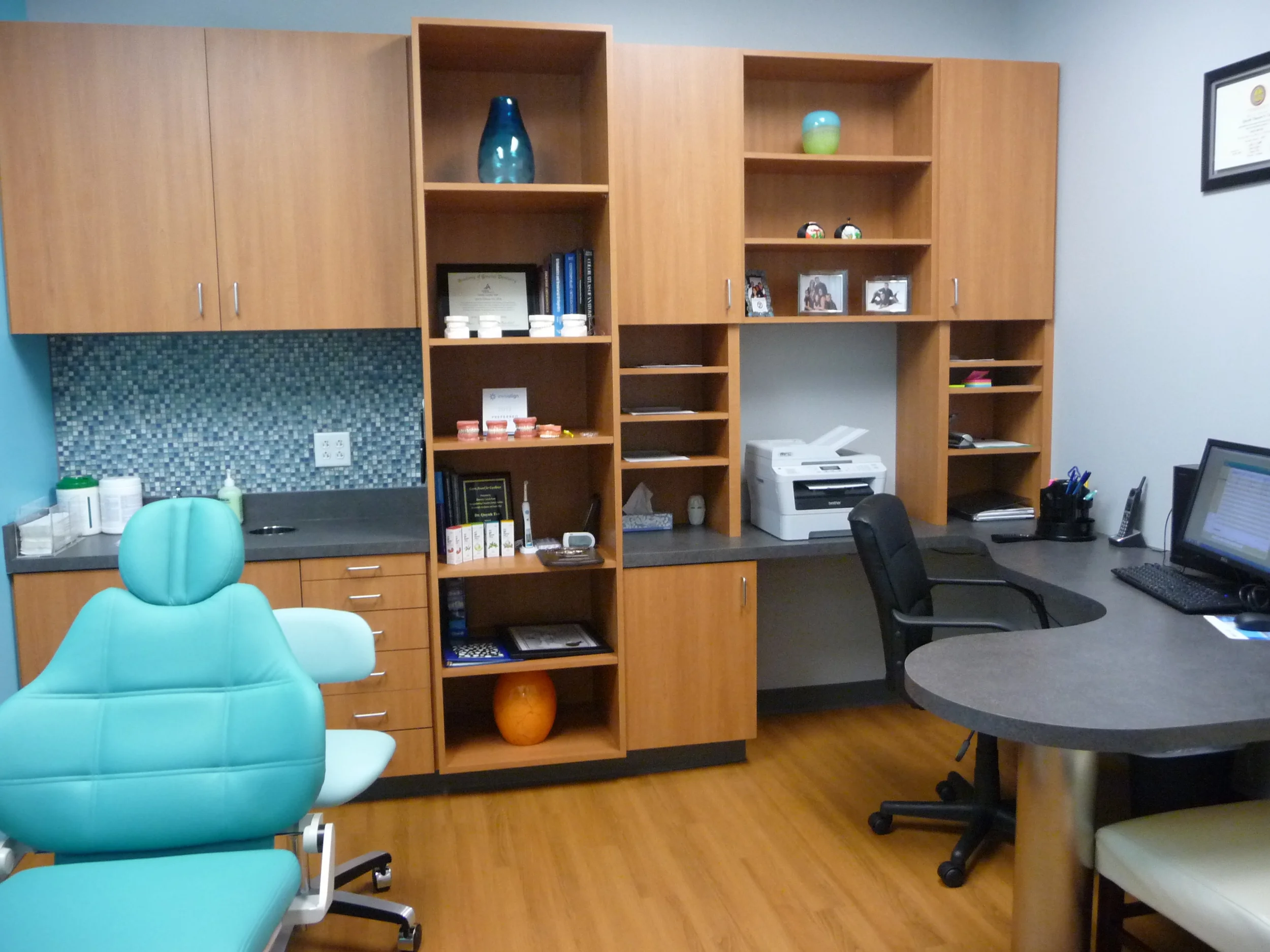Answers to Common Orthodontic Questions
1. What is orthodontics and what are the benefits of orthodontics?
Orthodontics and Dentofacial Orthopedics is a field of dentistry which helps to prevent and treat dental and facial abnormalities such as crooked teeth, bad bites, facial imbalances.
Some of the possible benefits of orthodontic care include:
A beautiful smile with straight teeth
More harmonious facial balance
More confidence in your appearance
Improved function of the teeth and jaws
Better dental hygiene and dental health of the gums and teeth
Less wearing of the teeth
Decreased chance of injury to front teeth that protrude from the mouth
2. What is an orthodontist?
An orthodontist is a dental specialist who is equipped with the skills necessary to move teeth into their proper positions and to correct problems related to dentofacial growth and development. An orthodontist has finished an additional 2-3 years of full-time specialty training after completing dental school, focusing only on the study of orthodontics. Before graduating from residency, orthodontists had to demonstrate that they could successfully diagnose and treat many patients presenting with a wide range of orthodontic and dentofacial problems. This differs from general dentists who practice orthodontics. General dentists often learn orthodontics from weekend lectures. While there are many "orthodontic" societies, organizations, and designations, only members of the American Association of Orthodontists (AAO) are specialists that have gone through residency training. Furthermore, orthodontists who are Board Certified by the American Board of Orthodontics (ABO), have had to pass additional written and oral exams and have had to present several cases that meet rigorous criteria.
3. Do I Need Orthodontic Treatment?
Some key signs that you may need orthodontics include:
You have crowded and crooked teeth
You have gaps between your teeth
Your bite does not look or feel right
Your upper teeth are behind your lower teeth when you bite down
Your upper front teeth cover all of your lower teeth when you bite down
Your teeth do not meet when you close your mouth
You have missing or impacted teeth
4. At what age will my child need orthodontic treatment?
It varies, depending on the presenting problems and the stage of development of your child. The American Association of Orthodontists recommends that children have an orthodontic consultation by age 7. The purpose of the consultation is to identify problems early on and advise patients as to future treatment options and appropriate timing. Some problems should be corrected at a young age, most orthodontic problems are ideally treated between the ages of 10 and 14, while others are best left until later. At Orthodontique, we offer complimentary no-obligation screenings to address all your questions.
5. Can adults have orthodontic treatment?
Yes! Infact, about 25% of orthodontic patients in the U.S. are adults. At Orthodontique, we treat both adults and children. We also offer Clear Braces, Inbrace (Lingual) braces, and clear aligners for patients that feel self-conscious with metal braces.
6. Can children get aligner treatment such as Spark or Invisalign?
Yes, they can, and often they do very well with it! However, aligner treatment does require good compliance and it is not always the best option for some types of malocclusion.
7. How much do braces/aligners cost?
The cost of orthodontic treatment depends on the complexity of the case, the materials used, lab fees, and length of treatment. Please schedule a complimentary consultation to get an estimate. At Orthodontique, we offer In-House interest free financing to make the cost more manageable. Insurance benefits or other employer-sponsored payment programs, such as Flex plans, often help to make the fees even more affordable.
8. What kind of insurance do you accept?
If you have a PPO insurance plan, your reimbursement benefits for orthodontics will often be the same regardless of which orthodontist you see. We will be happy to verify your insurance for you at the consultation appointment.
9. How does orthodontic treatment work?
There are many different types of orthodontic appliances that can be used to move teeth. The most common is braces, but more esthetic solutions such as aligners can also be used. They all work on similar principles. The appliance places gentle and continuous pressure on your teeth, which stimulates your bone cells to remodel the bone around the roots of teeth, allowing them to move slowly. With proper force level and guidance, the teeth will shift into the right position and create a beautiful smile. Other appliances can modify the growth of the jaws to help achieve better facial balance and a healthy bite.
10. How long does orthodontic treatment last?
The duration of the treatment varies from case to case. Most cases take from one to three years, with an average of two years. Variables include your attendance record, how well you take care of your teeth and braces, how well you comply with treatment (such as wearing your elastic bands), how your teeth and jaw respond to the treatment, and so on!


